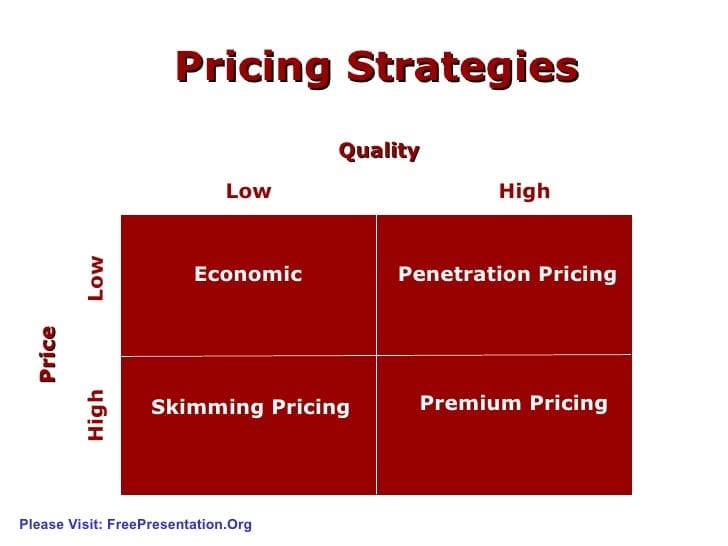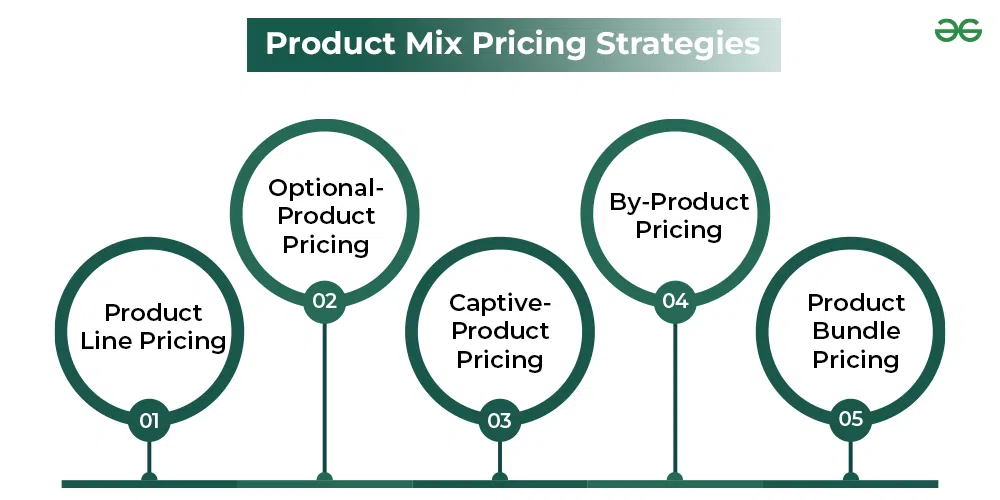Exactly how to Take Advantage Of Your Pricing Strategy to Enhance Earnings Margins
Exactly how to Take Advantage Of Your Pricing Strategy to Enhance Earnings Margins
Blog Article

Master Effective Prices Approaches to Make Best Use Of Earnings
In the ever-evolving landscape of commerce, grasping efficient pricing approaches is essential for organizations intending to take full advantage of revenue. A nuanced understanding of rates psychology can dramatically influence customer habits and getting choices.
Comprehending Prices Psychology
Understanding prices psychology is crucial for services aiming to optimize their rates techniques. This field analyzes exactly how customers perceive rates and just how these understandings influence their buying choices. Secret principles in prices psychology consist of the anchoring effect, where the first cost provided functions as a referral factor for consumers, and the principle of price sensitivity, which differs amongst different customer sections.
Furthermore, businesses can take advantage of the idea of perceived value, where the regarded benefits of a services or product can validate a higher cost point. As an example, costs pricing can produce a mood of exclusivity, bring in customers that associate greater rates with superior quality. On the other hand, mental prices, such as establishing a rate at $9.99 as opposed to $10, can considerably affect customer habits by making rates show up extra appealing.
Additionally, shortage and seriousness can boost the regarded worth of items, triggering quicker investing in choices. Recognizing these psychological triggers makes it possible for businesses to develop prices approaches that not just drive sales but likewise foster consumer loyalty. Thus, grasping prices psychology is important for effective rates method formula, causing enhanced success and market positioning.
Implementing Value-Based Prices

Next, segment your clients based on their willingness to pay and the value they regard. By doing so, you can customize offerings and pricing methods to straighten with various segments.
Continually check market problems and client comments to refine your pricing method over time. By applying value-based rates, services can improve profitability while fostering lasting customer commitment.
Checking Out Dynamic Pricing Designs
In today's swiftly transforming market landscape, vibrant rates designs have actually arised as a powerful approach for services looking for to enhance income and react to changes in need. These models permit business to readjust their prices in real-time based upon different variables such as consumer habits, market patterns, and stock levels. By leveraging information analytics and algorithms, companies can determine optimum prices factors that make the most of sales while staying affordable.
Dynamic rates can take numerous types, consisting of time-based rates, where costs change based upon time of day or season, and demand-based pricing, which readjusts prices according to existing customer demand. This versatility not just improves success but additionally improves client satisfaction by using rates that show real-time market problems.
Executing dynamic pricing calls for a durable technical framework and a deep understanding of consumer sectors. It is essential for businesses to keep track of market look at this web-site signals and customer responses continually, making sure that prices methods line up with broader company purposes. Moreover, clear interaction about pricing changes can aid minimize customer frustration and foster trust, ultimately bring about continual profitability in an affordable industry. Accepting vibrant prices can thus be a transformative approach in the pursuit for taking full advantage of income.
Analyzing Competitor Rates
Monitoring competitor prices is essential for companies aiming to keep an one-upmanship in their particular markets. By assessing rivals' pricing techniques, business can determine market patterns, recognize customer preferences, and adjust their rates appropriately. This analysis includes gathering data on rivals' prices, advertising methods, and item offerings to notify rates choices.
To properly examine competitor rates, businesses need to make use of various tools and methods, such as cost tracking software, market study records, and customer responses. This data can disclose how competitors place their solutions and items, enabling companies to differentiate their offerings or take on similar strategies to remain relevant.
In addition, it is vital to classify competitors right into straight and indirect competitors. Straight competitors use similar items or solutions, while indirect competitors may accomplish the same consumer demand with different options. Understanding the subtleties between these teams will certainly make it possible for businesses to tailor their rates techniques better.
Ultimately, ongoing rival rates evaluation is important for making informed pricing decisions. It allows businesses to continue to be nimble in response to market changes, ensuring they can seize chances and minimize risks related to pricing techniques.
Evaluating Prices Efficiency
Recognizing exactly how competitor pricing affects market characteristics leads to an all-natural focus on reviewing prices performance within one's very own organization. This assessment is vital for identifying areas of toughness and possibilities for improvement, eventually boosting productivity.

Additionally, performing routine pricing audits can disclose discrepancies in between anticipated and actual efficiency. This redirected here includes contrasting pricing information throughout various segments and networks to understand differences and recognize trends. In addition, integrating client responses can provide insights into viewed value versus actual prices, ensuring positioning with market expectations.
Last but not least, leveraging data analytics devices can facilitate much deeper understandings into rates performance, enabling services to make data-driven adjustments (Pricing Strategy). By continuously assessing prices performance, companies can adapt to market adjustments and maximize their approaches, ensuring sustained success in an affordable landscape
Verdict
By leveraging pricing psychology, businesses can enhance viewed value and tailor pricing to varied client sections. The fostering of dynamic and value-based prices models assists in real-time adjustments based on need and customer willingness to pay.
Recognizing pricing psychology is vital for businesses intending to enhance their prices techniques. Recognizing these mental triggers allows services to create rates techniques that not only drive sales but likewise foster customer commitment. Hence, grasping pricing psychology is crucial for effective rates strategy formula, leading to improved productivity and market positioning.
By analyzing competitors' prices approaches, firms can identify market fads, comprehend customer choices, and readjust their rates accordingly. By leveraging rates psychology, businesses can enhance regarded value and dressmaker pricing to varied consumer segments.
Report this page